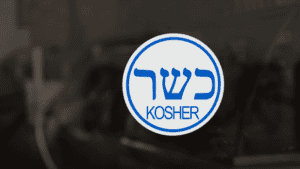Last Updated on March 14, 2025 by Packoi Team
Knowing the different types of packaging can help you establish your brand identity, product distribution, and competitive advantage.
In this article, let’s explore the types of packaging that can meet the functional and branding needs of your business.
Understand the Importance of Brand Product Packaging
If you’re serious about your brand image and brand positioning, you must have a thorough understanding of the primary, secondary, and tertiary packaging types.
You may have come across and used the three types of packaging mentioned above without realizing it, but any professional in the marketing and logistics sector will tell you that each of them has an important role in your business performance, efficiency, and ultimately, your brand’s success.
Go to a supermarket and see how many brands can become industry leaders just because they have solid packaging designs with the right visual elements.
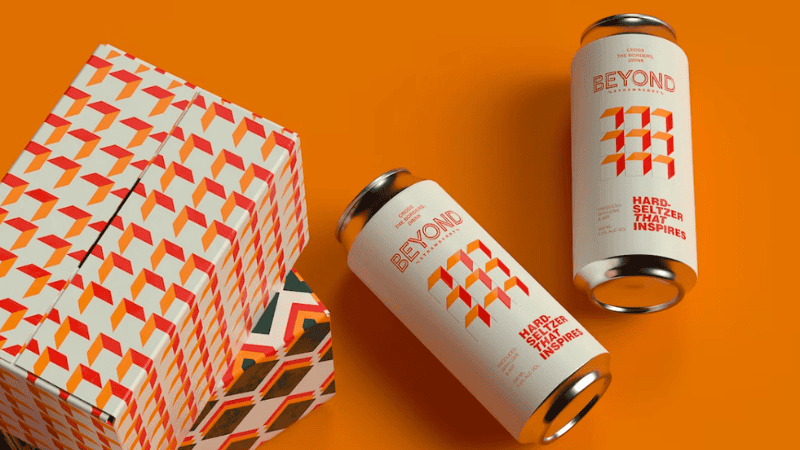
Whether it’s their catchy color palettes, unique container shapes, or premium finishing touches, their packaging allows them to become instantly recognizable. Identity packaging is a powerful marketing tool, so make use of it.
As you map out your brand value and marketing strategies, don’t forget to figure out the kind of colors and shapes you want to use in your brand packaging.
Even if you believe your products have become the preferred choices for customers, that doesn’t mean you can stop worrying about how you present your product’s packaging. Packaging design improvements should be an ongoing part of your business.
Essentially, if you’re introducing new products to the market, your brand packaging can be a great tool to gain brand recognition. On the other hand, if you’ve been playing in the field for a while, well-designed packaging can be your number one tool to maintain relevance and customer loyalty.
If you know how to properly use your product’s package design, you can also use it as a way to tell customers the story behind your brand.
Instead of presenting a generic box, you can go creative and display your brand story and company’s identity in front of your target market.
Ready to Get Custom Packaging for Your Business?
start with a low minimum order quantity
Customers nowadays are becoming more critical about the products they buy. Thus, letting them know about how and why your brand comes into existence can help you stand out.
Last but not least, packaging ultimately supports function. You don’t want something overly bulky or frustratingly flimsy. Even in packaging, you should aim for the ‘Goldilocks zone’. It has to be just right—in terms of size, weight, portability, and general convenience.
3 Types of Packaging to Strengthen Brand Identity for Company
To achieve function and effectively attract customers, you should understand the classification of packaging and choose the types that match your brand values and design elements.
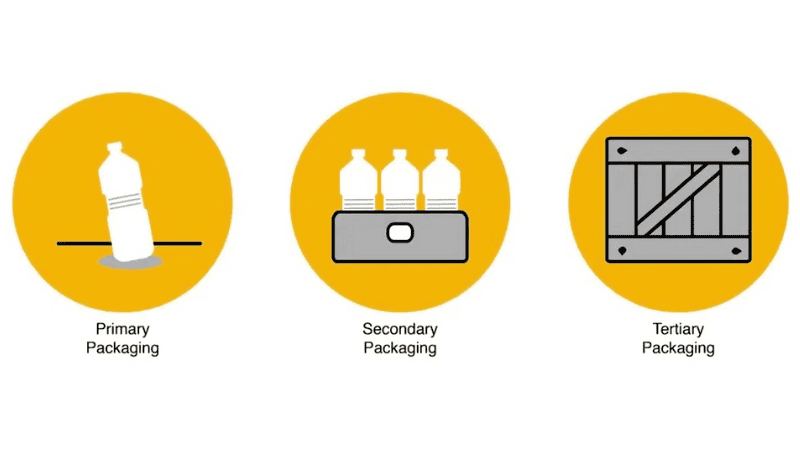
We’ll discuss each classification of packaging in detail: primary, secondary, and tertiary packaging.
What Is Primary Packaging?
Whatever products you buy from your local supermarket, chances are they will come with primary packaging. For potato chips, it is a polymer bag.
For matches, it is the cardboard box. It’s essentially the kind of custom packaging that directly comes into contact with the product, making it the first layer of protection against any external factor.
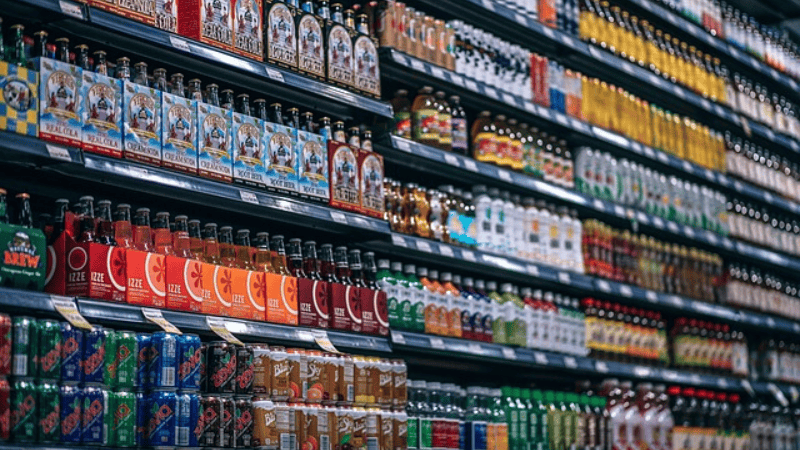
Whatever product a company is selling, whether it is a perishable or non-perishable item, the primary packaging is there to protect it from pressure, scratches, shock, heat, and a lot of other things that may compromise its quality and quantity.
Without the presence of primary packaging, users can’t receive the product in a proper condition.
Primary Packaging Examples
Primary packaging comes in all kinds of packaging materials and shapes. Usually, companies choose primary packaging based on what products they’re selling and how they can transport them more efficiently. Some primary packaging examples include:
1. Bottles
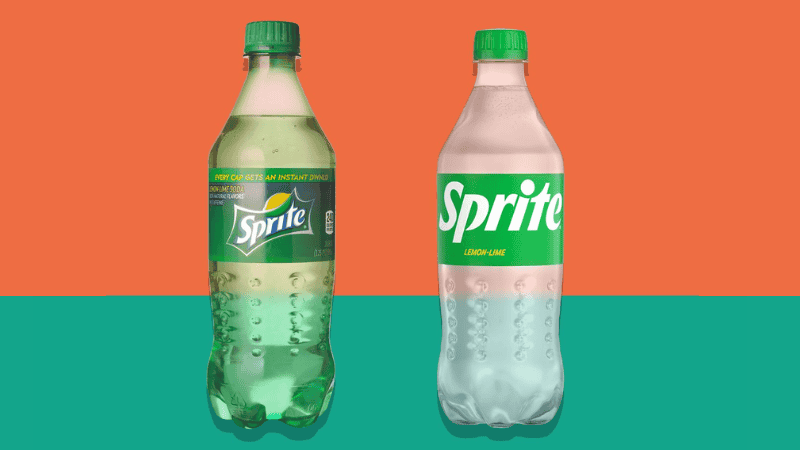
Bottles are probably the most popular form of primary packaging. From wine to dish soap to cough syrup, it is used to carry all kinds of products.
It can also be made with a wide array of materials, from glass to plastic to stainless steel, making it a versatile option that suits a wide range of uses, whether it is for transporting food, medicines, or other consumer goods.
2. Jars
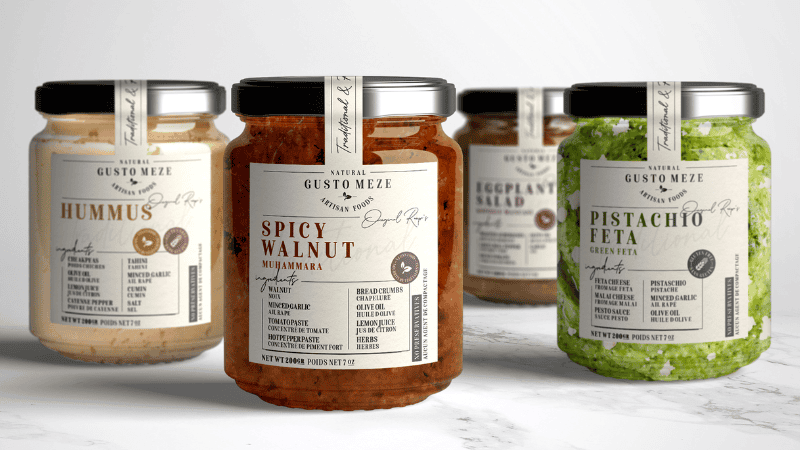
Jars are also popular for primary packaging, mainly because they are easy to use for both makers and users.
Compared to bottles, jars provide bigger flat surfaces, making it convenient for companies to attach their brand logo, imagery, and other relevant brand identity information like the product’s shelf life, usage instructions, or sample recipes.
Also, jars can often be reused for other purposes, making them even more beneficial.
3. Boxes

When we mention boxes here, we don’t only talk about the ones made from cardboard. Yes, they work great for playing cards, toys, and other non-perishable items.
But, when it comes to food items, liquid materials, and other perishable products, we need other kinds of boxes. Metal tins, for example, are an example of boxes that work well for such goods.
4. Tubes
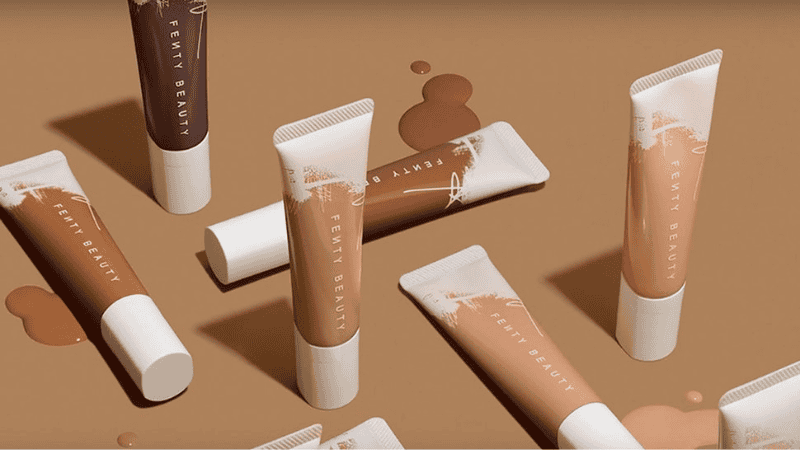
Most likely, the cardboard tubes used for potato chips are the first thing that comes to mind when we talk about using tubes for primary design packaging.
However, there are actually a lot of other applications for tubes in packaging, such as in various construction and cosmetic products. Depending on the use, these tubes may be made with rigid or elastic materials.
5. Pouches and Sachets
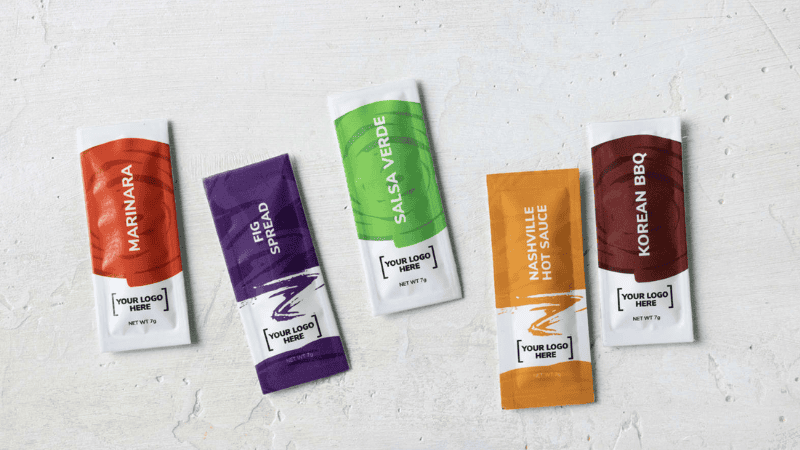
Traditionally, sachets are small, single-dose packages containing consumable goods. But, thanks to advancements in packaging materials and packaging designs, there are now products that come with resealable pouches these days.
Just like their predecessor, these resealable pouches have several layers of materials to keep the products they carry in optimal condition.
6. Trays
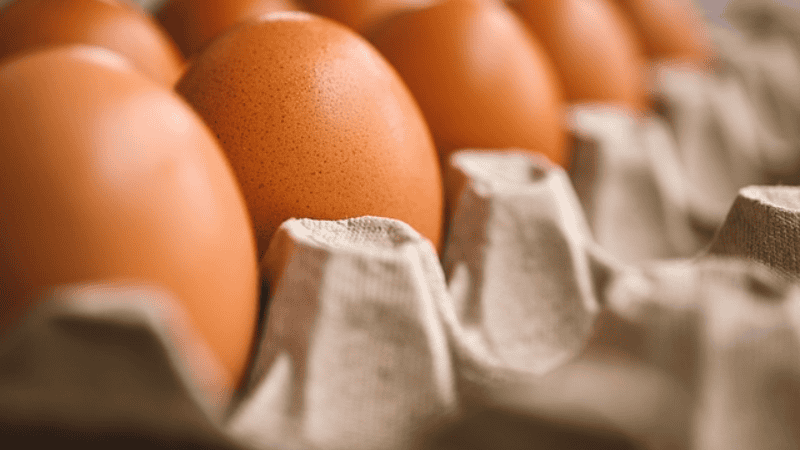
Just like other primary packaging examples mentioned earlier, these can also be made with a range of materials. Even so, they are mostly made with papers that have been treated for better durability.
Ready to Get Custom Packaging for Your Business?
start with a low minimum order quantity
What Is Secondary Packaging?
While primary packaging often gets all the attention, secondary packaging often takes on the unsung hero role in protecting goods and facilitating transportation.
This protective layer is the outer packaging that helps protect the product from harm, contamination, and improper handling throughout the supply chain route in addition to acting as a barrier for the primary package.
And, just like primary packaging, this classification of packaging can also play an important role in your branding efforts. Businesses often decide to put their brand’s identity on this layer of packaging since it’s usually the first thing that consumers will see.
Important information like the ingredient list and nutritional facts are typically enclosed here as well.
Some businesses use secondary packaging not only to protect their products and provide room for brand identification but also to make carrying, whether it is by customers or logistic handlers, easier.
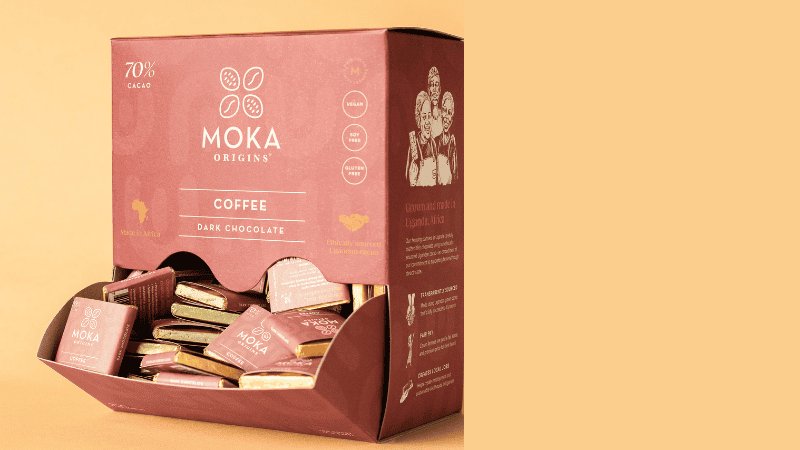
You can see examples of such secondary packaging anytime you buy something in bundles. These products usually come in extra packaging, which makes handling them convenient.
Secondary Packaging Examples
Depending on what kind of product it will hold, secondary packaging can take many different shapes. Moreover, depending on the purpose, different requirements will apply to the packing materials.
For instance, the secondary packaging must truly guarantee that the material it contains is free from contamination in order to be used in clinical settings.
Some secondary packaging examples include:
1. Rigid Boxes
Rigid packaging boxes are probably something you have seen hundreds of times before, but unlike regular cartons, rigid packaging is constructed with greater durability and better-finishing touches. It can also be visually appealing and a tool for marketing as long as you design the branding package well.
2. Cartons
Folding cartons are composed of comparatively thin paperboard. Because the board is thinner, it can be folded in different ways and hold a range of primary packages.
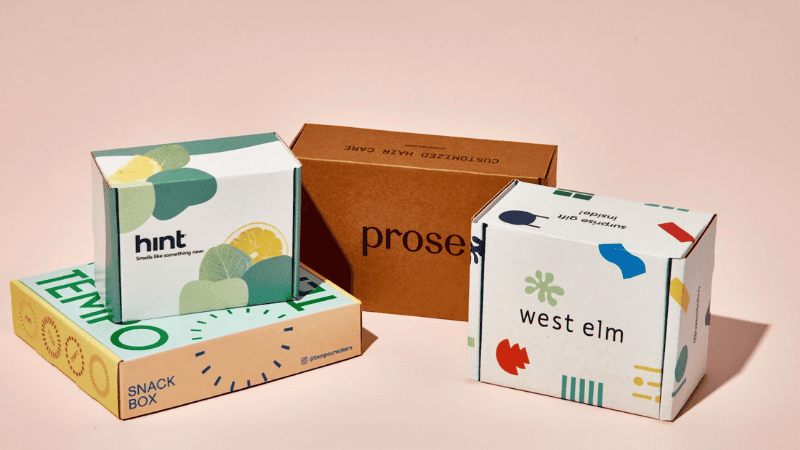
Moreover, carton secondary packaging is frequently selected in clinical settings because it can be labeled and easily suits the packaging arrangement the client needs.
3. Shrink Wrap
Shrink wrap is an excellent secondary packing that is very good for cosmetics, foods, and many other consumer goods, for both hygiene and practicality reasons. Simply look at any beverage product offered in a bundle of six cans.
By having a shrink wrap as the secondary packaging, these cans can be easily handled and stacked on each other.
4. Bags
It may surprise you to learn that bagging is one of the secondary packaging examples as well. Even though it might not have been done by the product’s maker, it nonetheless fits into this category.
Additionally, bagging—whether done with plastic, paper, or another material—is carried out to make it easier for you to transport the goods, much like other examples of secondary packaging.
What Is Tertiary Packaging?
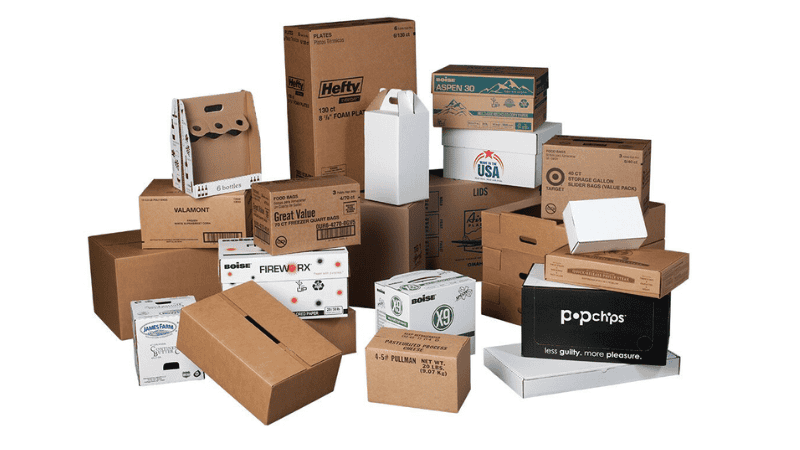
A lot of people are probably unfamiliar with tertiary packaging. If you believe that you are one of them, don’t worry because this type of packaging is not usually found in many stores. In fact, it usually gets thrown out in the warehouse.
Tertiary packaging is mainly used for practical reasons. It rarely gets any kind of advertising materials printed on it. Rather, businesses tend to place more emphasis on the aspects of convenience and durability when it comes to this type of packaging.
For this reason, handling instructions and a few brand logo design images can often be the only things displayed on it.
Those who deal with tertiary packaging are typically warehouse employees and logistics handlers.
Because of this, it’s crucial that this kind of packaging includes information that will reduce transportation stress and facilitate the recording of the products it contains. Customers hardly ever get the chance to see it unless they are buying from wholesale sellers.
Tertiary Packaging Forms
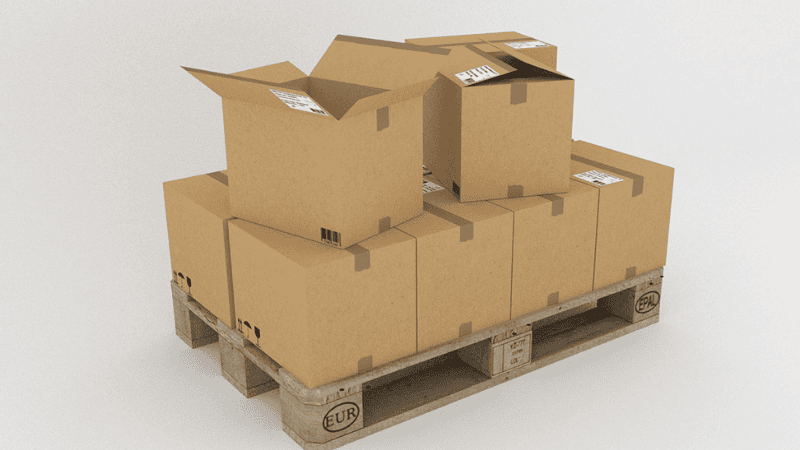
Tertiary packaging consists of all the components, such as cardboard boxes and plastic bags, that work together to secure a product’s secondary packaging while it is being transported to its destination.
Here are a few instances of tertiary packaging that, although often overlooked, can significantly affect consumers’ perceptions of your brand.
Corrugated Boxes
Corrugated cardboard as tertiary packaging has the advantages of being affordable, robust, and lightweight. Its fluted feature makes it robust, impact-resistant, and simple to transport.
Additionally, it doesn’t cost a lot to make, so by utilizing it in your logistics, your business can create custom boxes with brand identity without going over budget. It’s high-quality packaging that’s mainly used for storing and shipping products to warehouses or retail locations.
Pallets
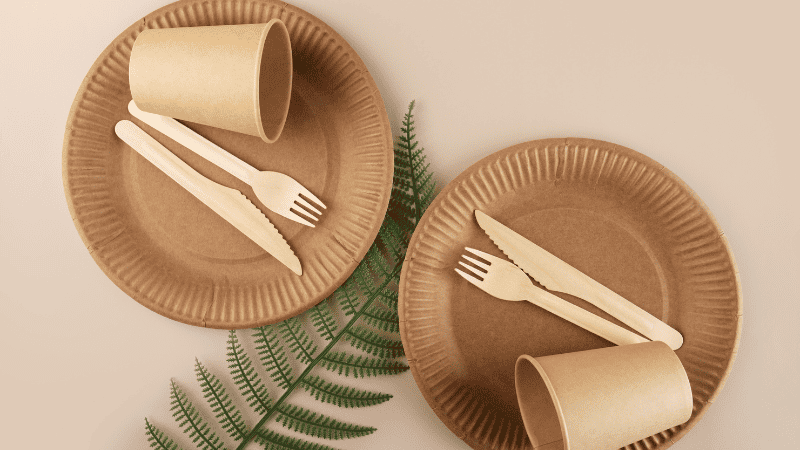
A cardboard box may not be the best choice for tertiary packaging, especially when the load gets heavier and bigger. In this situation, pallets greatly increase the safety of the transported goods.
All you have to do is put the items between the pallets and cover them with stretch foil. This way, your products will be safeguarded from weather and physical damage.
Outer Wrap
Using an outer wrap will ensure the durability of your cargo, whether you use a pallet or a card box. Stretch hooders are one type of wrap that can be used to cover the entire load by applying a stretchable sleeve developed from elastic film.
It is commonly used in businesses where defense against contamination, dust, and weather is crucial.
Ready to Get Custom Packaging for Your Business?
start with a low minimum order quantity
Factors that Determine Packaging Design and Choice for Brand Recognition
Now that you understand the different characteristics and uses of primary, secondary, and tertiary product packaging, it’s time to learn how to determine your packaging design and packaging material choice, so you can ensure the safety of your merchandise.
To do so, we’ll be discussing some key factors and considerations.
1. Durability
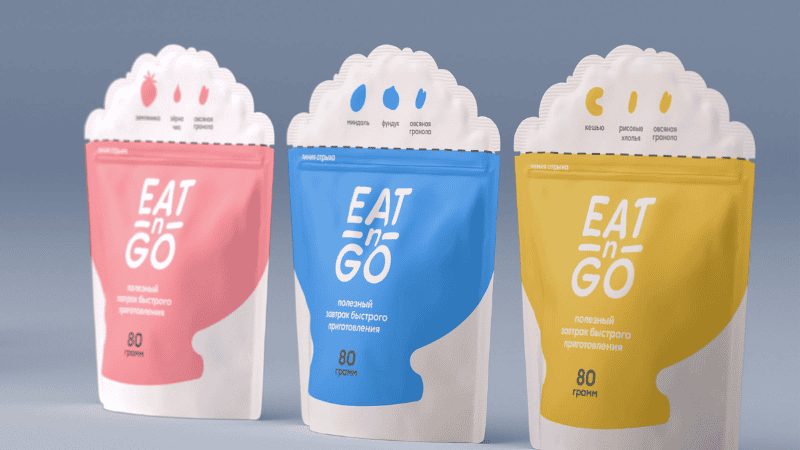
Products take different routes from the manufacturing plant to the end user. Therefore, it’s essential to use sturdy materials like corrugated card stock when shipping delicate items.
To ensure the product arrives undamaged, you can even use extra-protective inserts or bubble wrap. Paper or other non-traditional materials, like foam and textiles, could also come in handy.
2. Transportation
Similar to packaging design, you must take into account the shape of your product packaging to make transporting easy.
No matter how beautifully designed it is, you won’t benefit from it if the package malfunctions during shipping. Better label print quality, like that achieved with a UV treatment, can also facilitate transportation.
3. Easy Unboxing
There’s nothing more annoying for a customer than trying in vain to open a stubborn box, so test your brand packaging by letting people try opening the packaged goods!
Keep in mind that buyers might post unboxing videos to social networking sites, so it’s necessary to know whether or not the unboxing experience is as seamless as possible.
4. Marketing and Brand Identity
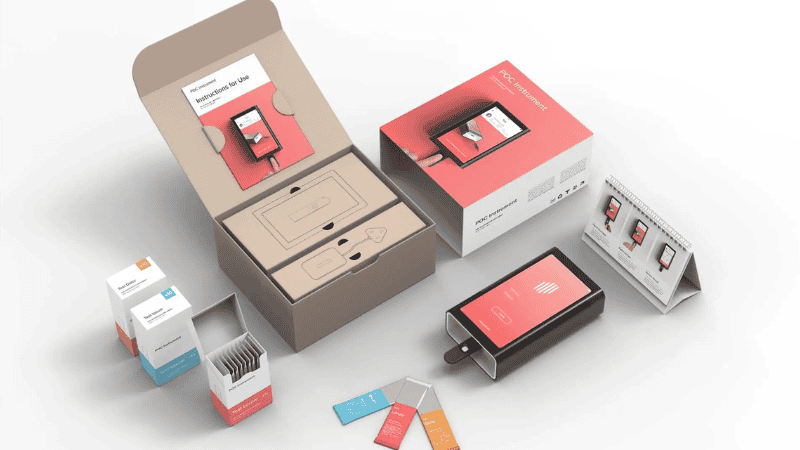
Your innovative packaging design is your brand’s visual identity. It should be a part of your brand strategy to establish your brand’s reputation and attract potential customers. Pay attention to your packaging identity for consistent branding and brand message.
Also, consider other ways to engage your target audience, like offering a free sample or including an invitation to share their customer experience on social media. The right packaging materials can help you effectively target customers and establish a strong brand identity, which is the core of a thriving business.
5. Budget
Last but not least, the kind of materials and features you can incorporate into your brand packaging will depend on your budget. The good news is that there are lots of affordable choices.
For instance, food-grade cardboard is a reasonably priced material that provides adequate protection as well as intriguing packaging design possibilities.
Optimize the Type of Packaging Your Products Use
Since product packaging serves as the initial point for interaction between a company and its target clientele, its significance cannot be understated.
Making effective and impactful packaging decisions can result in a number of advantages, such as lower expenses, more effective transportation, and higher customer satisfaction.
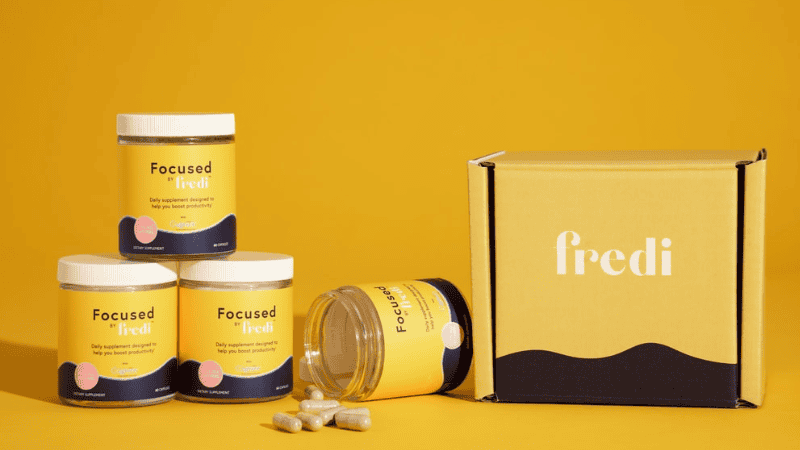
Once more, a thoughtful packaging design can elicit an emotional response from buyers and leave an unforgettable impression that distinguishes your business. Here are some suggestions for improving your brand packaging to help your brand personality stand out from the competition!
1. Make It Compact
Consider the packaging size and packaging design, as these factors will contribute to more economical shipping and a longer product shelf life.
Additionally, make sure you don’t make it larger than necessary because using too much material will cost more money during production, and shipping costs will rise due to extra air pockets.
2. Go Green
Customers who care about the environment are also concerned about the materials used, so make an effort to package your products in environmentally friendly containers. For instance, you can use recycled plastics, biodegradable materials, or ethically sourced paperboard.

Additionally, you can talk about the steps your business takes to reduce its carbon footprint. If sustainability is a part of your brand’s core values, you can highlight that in your story. Just make sure you’re consistent to ensure brand loyalty and avoid backlash.
3. Insert Engagement Points
Barcodes and links can be incorporated into your packaging to expand the consumer’s journey into the digital sphere. A QR code that points straight to your website can be used to accomplish this.
As an alternative, you might think about utilizing hashtags that send users to a website where they can engage with other users of your brand.
4. Customized Packaging
Standard boxes are no longer cutting it. By putting something unique on your packaging, you can strengthen the bond between your brand and your clientele and help them feel engaged or even appreciated.
Think about getting something with your name on the outside or a personalized note; these small acts have a big impact on making your brand extra memorable.
5. Elegant Finishes
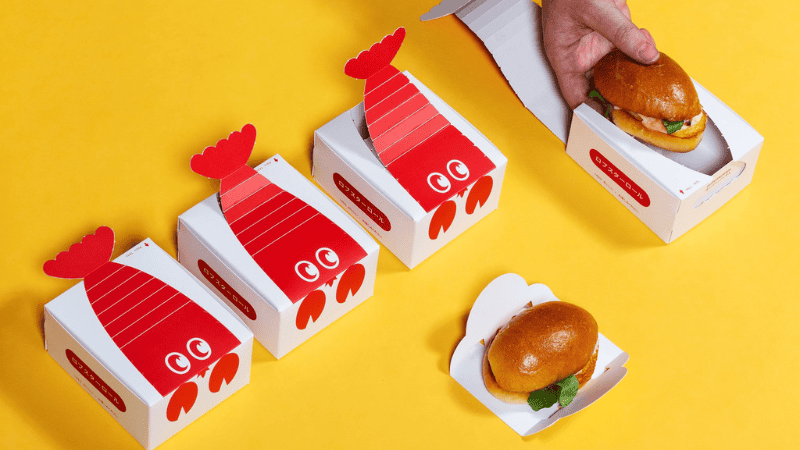
By using elegant packaging details, you let the product take center stage and tell its own story. Even striking visual effects like foil stamping, embossing, and specialty coatings and laminations can present promising opportunities.
Simple typography, subdued hues, and clean lines can also be used to create a sophisticated packaging design that can really highlight your brand’s personality.
6. Fun Unboxing Experience
Another strategy to stand out is to use creative packaging designs. Imagine discovering a surprise when you open a package or learning about information that is hidden through engaging boards. Making your packaging more exciting and interesting can also be accomplished by adding interactive elements like pop-up features.
7. Use Automation
Automation can save labor costs and maximize the use of resources. Thus, collaborate with a packaging design team that has knowledge of operating various packaging design and logistics features. You will then be able to design packaging solutions that integrate seamlessly with automated logistics systems.
8. Analyze the Metrics for Brand Recognition
As your company grows, don’t forget that it’s crucial to always be improving, so make sure to periodically assess and tweak your packaging tactics. Keep an eye on important metrics like brand recognition, customer feedback, waste, and transportation costs as well. These can reveal opportunities for additional optimization.
Ready to Get Custom Packaging for Your Business?
start with a low minimum order quantity
Conclusion
Each of the primary, secondary, and tertiary product packaging categories has its own characteristics and functions.
By getting a good grasp on what they are and how companies should use them, you can figure out how to get the most out of your brand packaging and use it as a powerful tool in both your marketing and brand-building efforts.
All in all, what keeps you from using primary, secondary, and tertiary product packaging for your business? We know that managing your responsibilities as an entrepreneur is difficult, let alone understanding the ins and outs of these packaging categories. Fortunately, Packoi is just a call away if you need assistance.
Discover the Perfect Packaging for Your Brand with Packoi
Our design and packaging experts are the true pros, and we’ll be more than happy to help you bring the best packaging ideas to life!
Allow us to make your brand’s image shine. Enjoy premium packaging print and design solutions with Packoi.
Contact us to get started!



